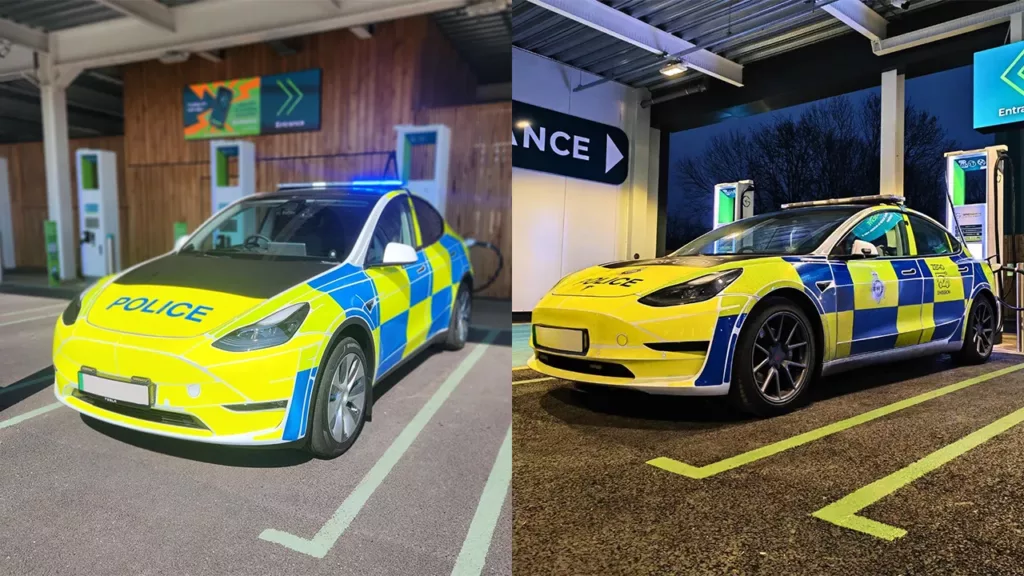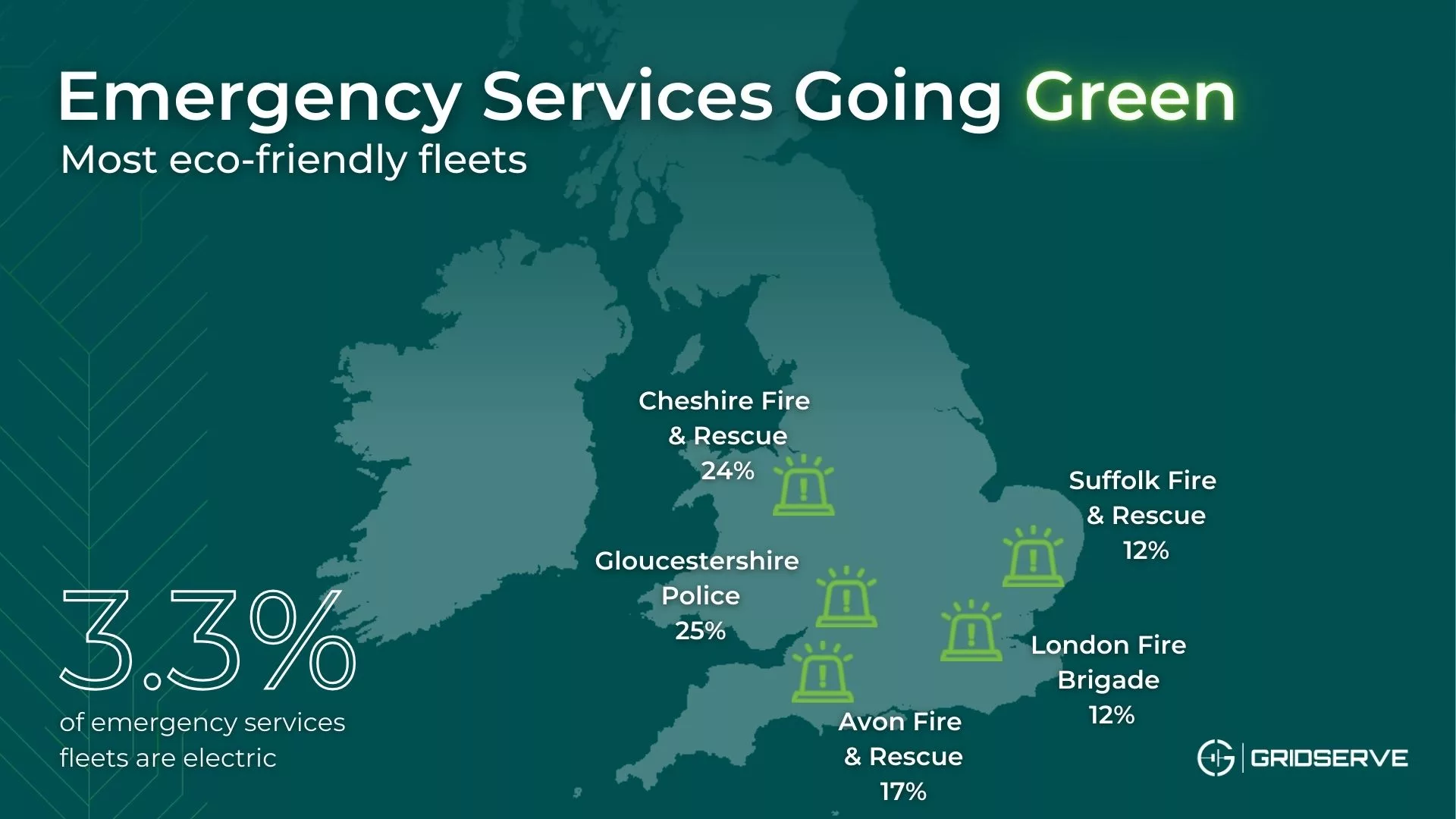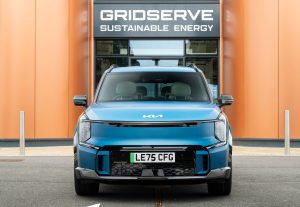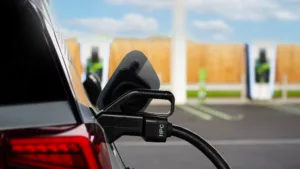

The number of electric police, fire and ambulance vehicles have more than doubled in the last three years, new investigation by GRIDSERVE has revealed.
There are now more than 1,000 zero emissions emergency vehicles in operation across the UK, according to an in-depth Freedom of Information request by GRIDSERVE.
The data shows that fire brigades are leading the charge, making the switch to electric quicker than ambulance services and police forces.
Currently, there are five fire services operating a fleet with over 10% of electric vehicles, while the most eco-friendly blue light fleet is operated by Gloucestershire Police with 25% of its vehicles powered by electricity.

Most eco-friendly fleets
- Gloucestershire Police – 25%
- Cheshire Fire & Rescue Service – 24%
- Avon Fire & Rescue Service – 17%
- Suffolk Fire & Rescue – 12%
- London Fire Brigade – 12%
Despite the rapid increase in electric emergency service vehicles, though, the total figure still represents just 3.3% of the total blue flight fleet across the UK. And many emergency services still don’t have any electric vehicles on their fleets.
That’s despite data revealing the average mileage of an emergency service vehicle is 10,485 miles a year, with cars and vans operating within the strict boundary of an authority’s jurisdiction.
That means many support vehicles on emergency service fleets, such as incident vans, staff vehicles and patrol cars are perfect for electrification. A study by Cenex of one police force found over 75% of the fleet could be replaced by battery electric vehicles with no impact operations while lowering costs and reducing emissions by around 50%.
There is also now a commercially available all-electric fire engine (the E1 EV0 by Emergency One) and an electric ambulance from Ford, which was deployed on its first EV 999 callout in January 2024 by the London Ambulance Service.
The NHS has also set up a Greener NHS team to explore ways to lower the authority’s carbon footprint and while various police forces continue to look at options, there are no firm targets in place.




